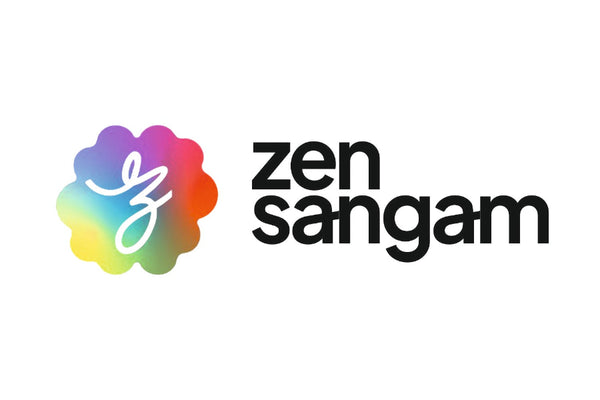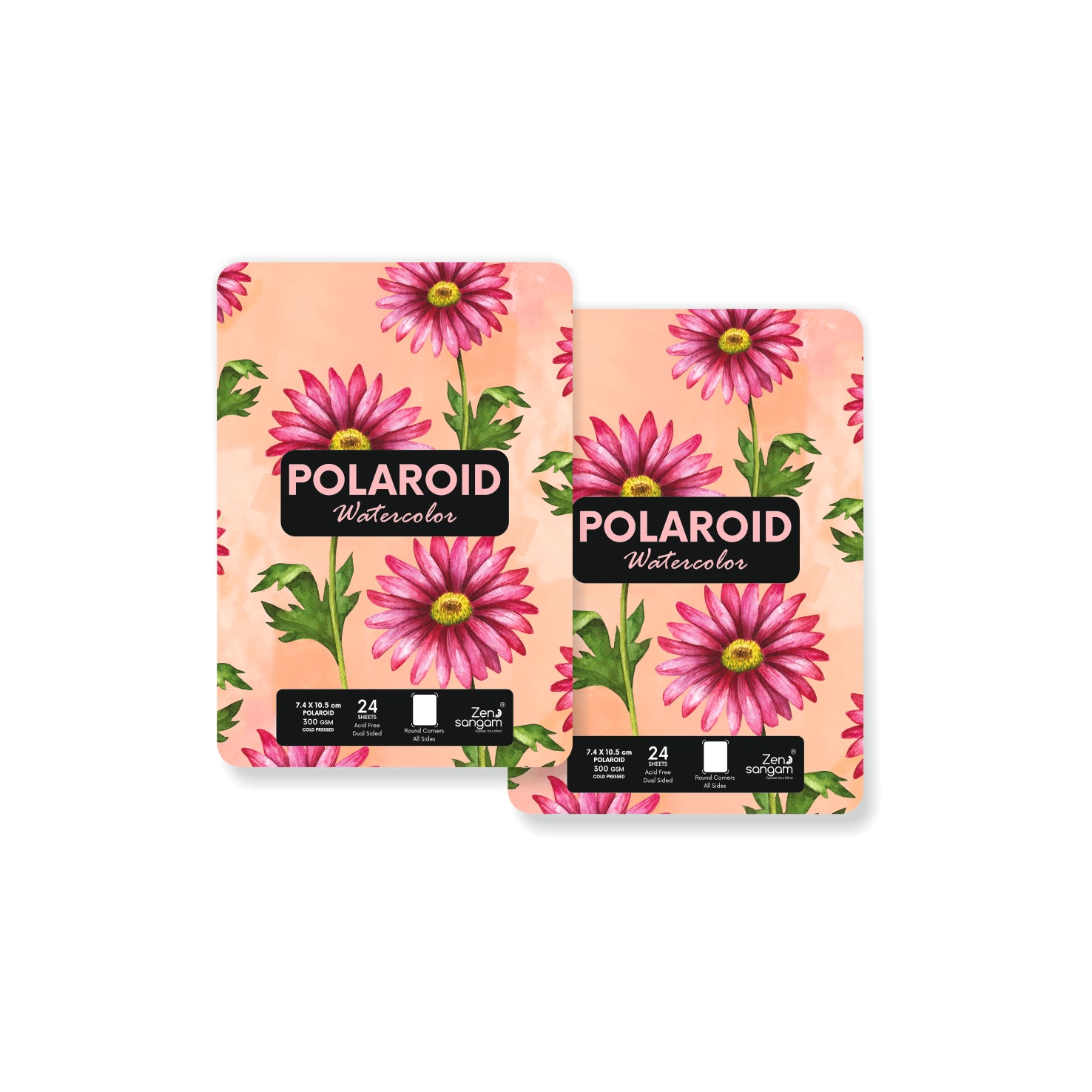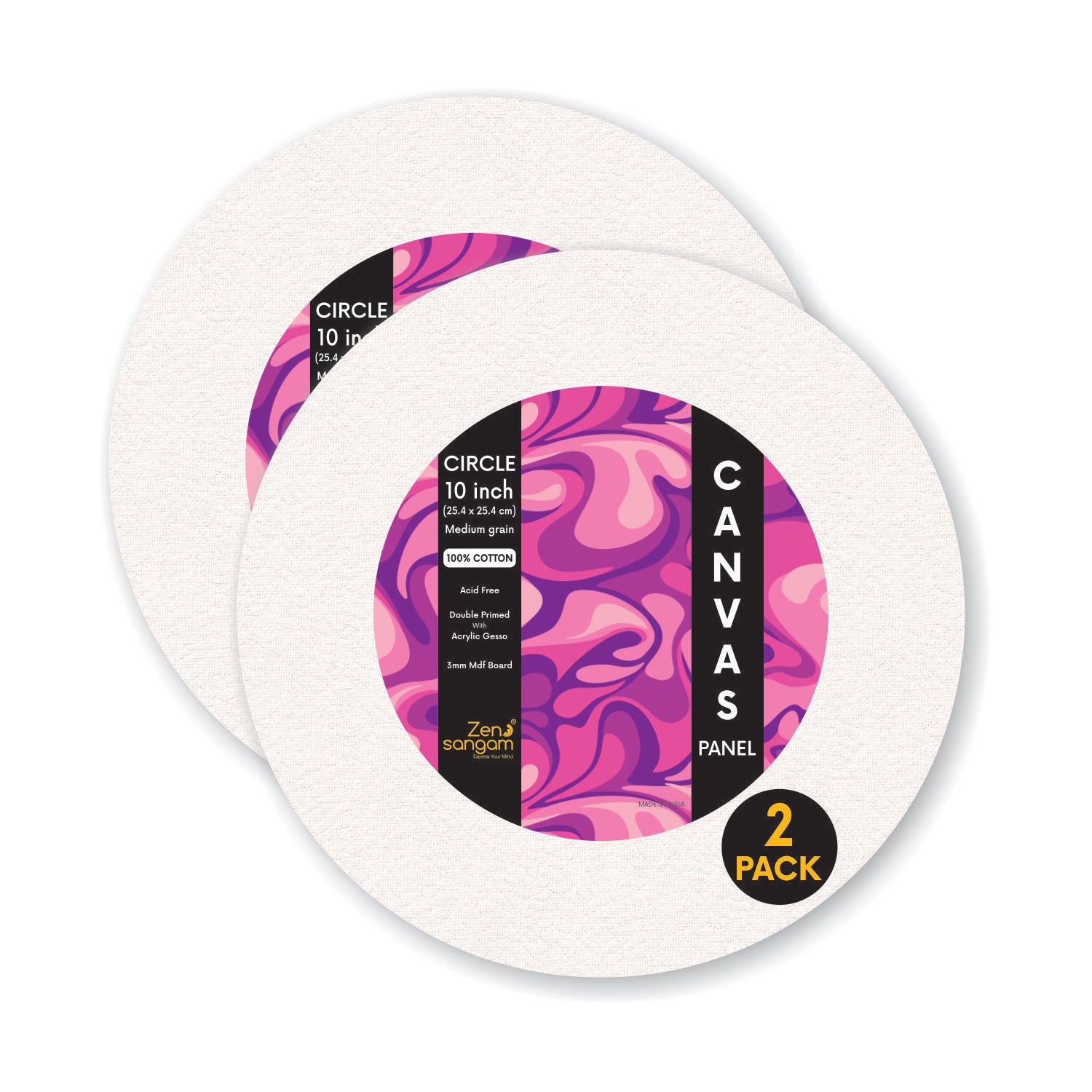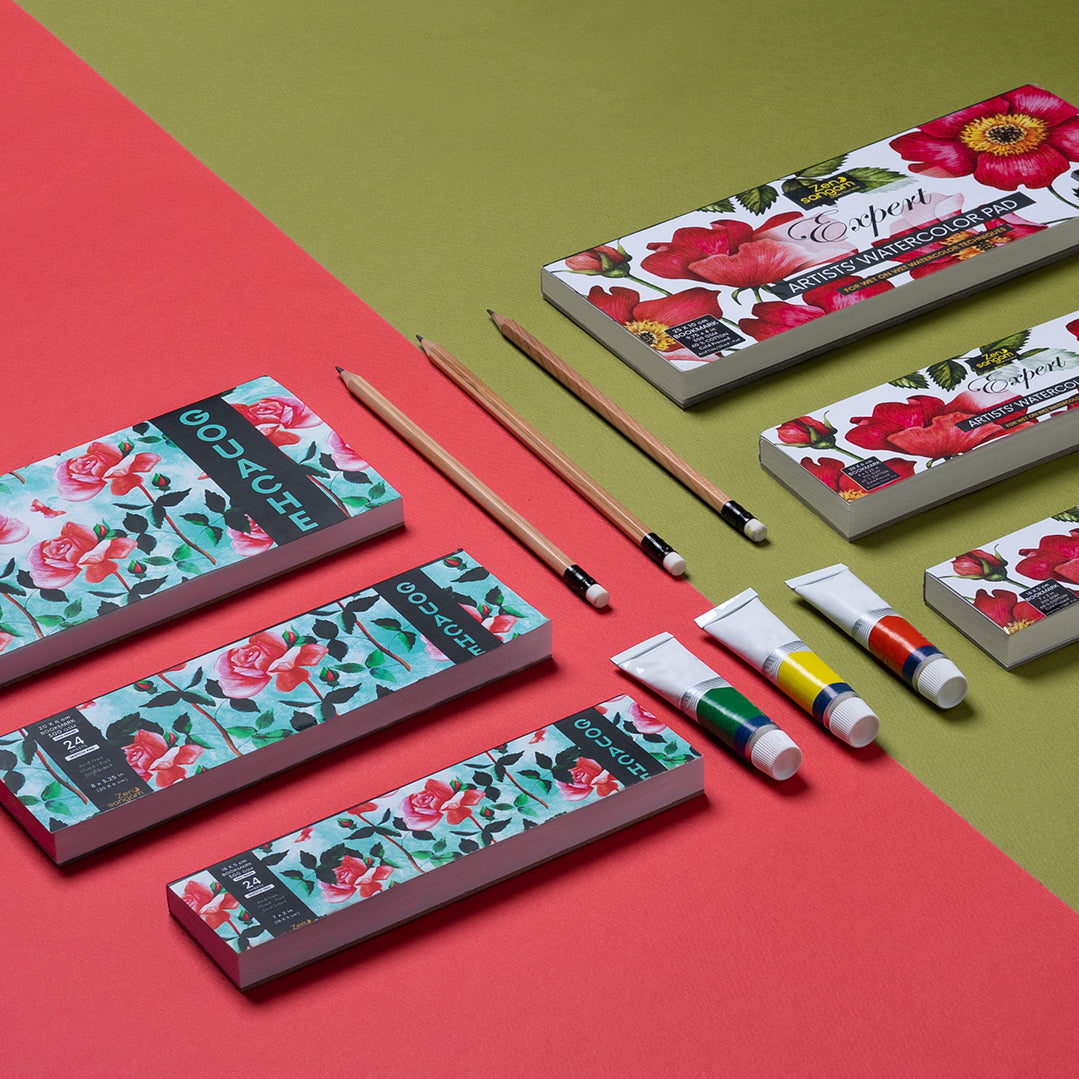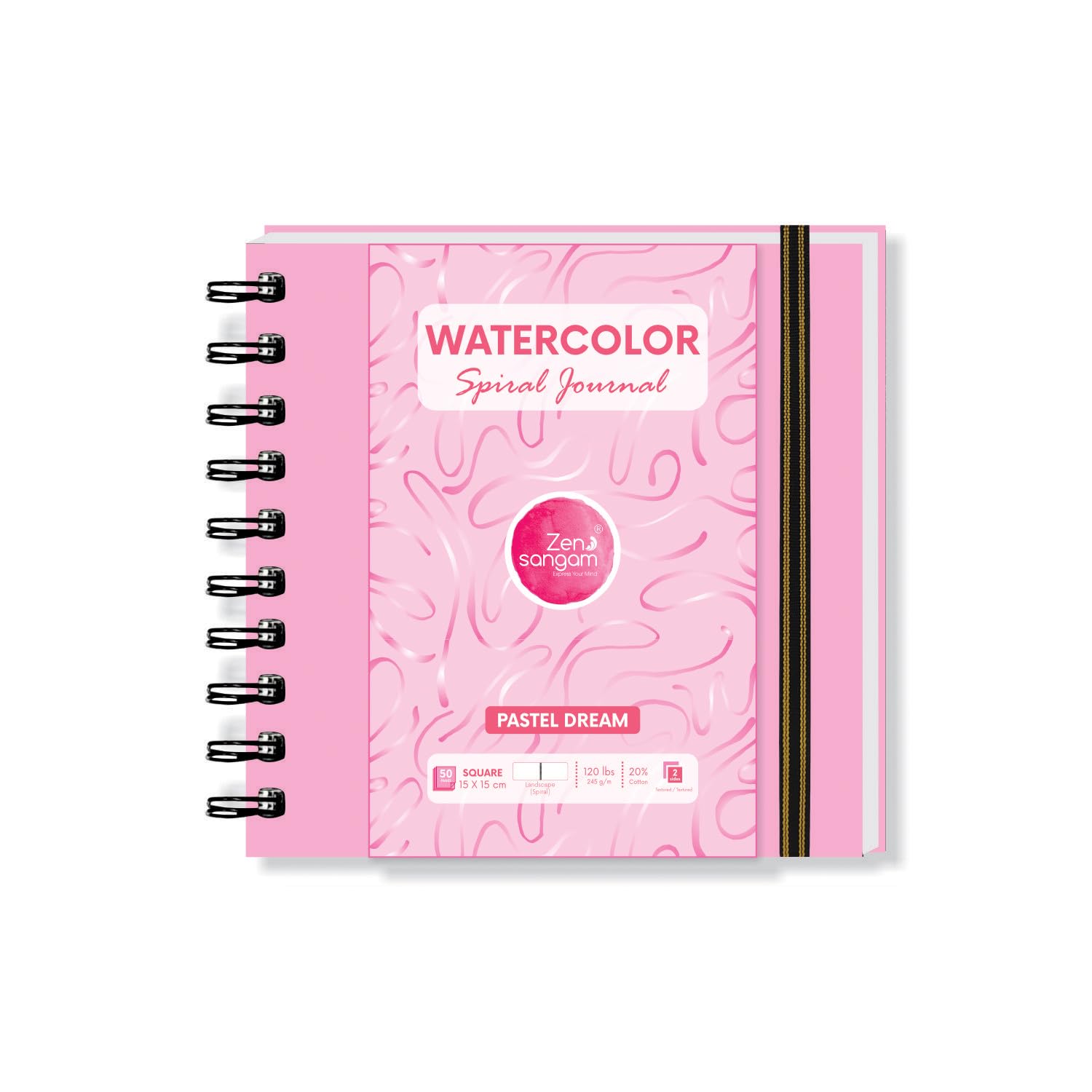Unlike acrylic paints and water colors, oil paints are complicated and can be difficult to work with. They take forever to dry, and knowing the chemistry is almost essential to achieving the proper effects and finish for your work. This complexity also makes oil paints a fun, challenging, and awesome medium to work with, and every new painter needs to try their hand at it at least once. Oil painting for beginners doesn’t have to be impossible. With this guide, we’ll go over some of the essential information you need to know to get started, and some tips and tricks to get you going.

Basic tips we need:
01. Hold the paintbrush correctly
02. Master your brush orientation
03. Vary your pressure
04. Harness the power of the painting medium
05. Keep your colors pure
06. Use two-color mixtures if possible
07. Don't skimp on paint
08. Try wet-on-wet versus dry brush
09. Don't forget the palette knife

New to using Oil Painting? Here are 7 Oil Painting using techniques you need to know.
Scumbling:
Scumbling is the technique of applying a very thin amount of paint using a stiff bristled brush in a kind of broken glaze. The result is a textured effect which leaves some of the underpainting exposed. Scumbling is a dry-brush technique where little or no additional medium is used. Scumbling is different to glazing in that you do not want a smooth application of paint over the entire surface. You want a broken application of paint which leaves areas exposed.

Alla Prima (Wet on Wet) :
Alla Prima, or wet on wet, refers to a direct style of painting where the paint is applied without letting earlier layers dry. Artists using this technique can finish paintings often in as little as a single session. This technique differs from the more traditional method of painting layer on layer, allowing the paint to dry in between each layer. Artists would often build up many layers (sometimes over 50) before deeming the painting complete. Obviously, this was a very time-consuming method of painting, as oil paint can take anywhere from a few days to some months before being completely dry.

Glazing:
When glazing, it is best to use paints which have more of a translucent quality. For example, is not great for glazing as it is very opaque. When there are multiple layers of glazes, the colors optically blend as if they were all combined, without the pigments actually mixing. This creates interesting effects which are very effective for portrait painting.

Chiaroscuro :
Chiaroscuro is Italian for "light dark". In drawing and painting, it refers to the balance and structure of light and dark in the artwork. Chiaroscuro originated from the Renaissance period where artists would create strong contrasts between light and dark to render three-dimensional forms to dramatic effect. Generally, chiaroscuro is only mentioned of artworks with a dominant contrast between light and dark.

Impasto :
There are a number of ways you can use the impasto technique to improve your paintings:
- The impasto area of paint will create areas of actual shadow on the painting depending on the light source. This gives another element to your painting and can really add some depth depending on how it is used.
- The protruding areas of paint will be more visible from side angles.
- You could use the impasto technique to give the illusion of distance, with close areas being more built up and distant areas being more smooth and soft.
- By using impasto brushwork, you can help guide the viewer as you please around the painting using directional lines. These do not have to be obvious and could be something as simple as subtle lines in trees directed towards your focal point.

Blocking In:
For blocking in you will usually start with toned down versions of the main color you are blocking in. You can then build up the saturation of the color as needed later in the painting. If you block in the colors with too much saturation, the painting could be overwhelming and you would spend the rest of your painting time trying to tone it down. Sometimes, much of the blocked in area is left exposed in the finished painting.

Blending:
Blending is probably one of the most overused techniques by beginner painters, as they aim to create a very smooth and 'realistic' painting. However, too much blending can easily result in the painting having a very plastic and overly-refined appearance.

Whatever you attempt, you'll get there quicker if you appreciate the larger dimensions of oil painting, and continually study the work of other practitioners, both the old and contemporary masters. If you want to know more about other media, refer these link :
Color Pencil Using Techniques for Beginners
Crayons Using Techniques for Beginners
Felt Tip Pens Using Techniques for Beginners
Markers Using Techniques for Beginners
Oil Pastel Using Techniques for Beginners
Glitter Pens Using Techniques for Beginners
Brush Pens Using Techniques for Beginners
Pencil Shading Using Techniques for Beginners
Charcoal Pencil Using Techniques for Beginners
Acrylic Painting Using Techniques for Beginners
Gouache Using Techniques for Beginners
To explore our Coloring Books
